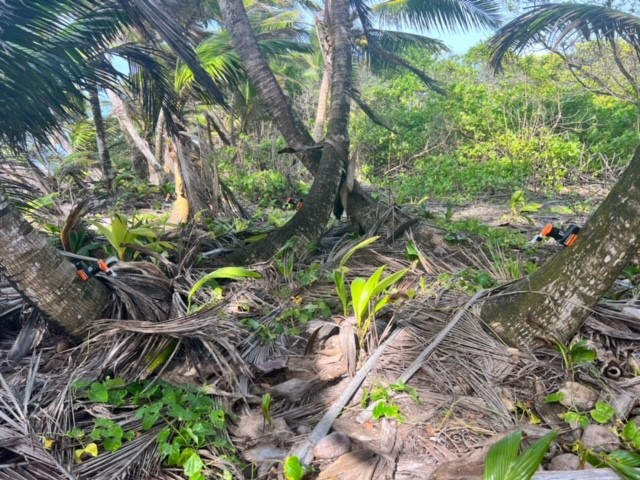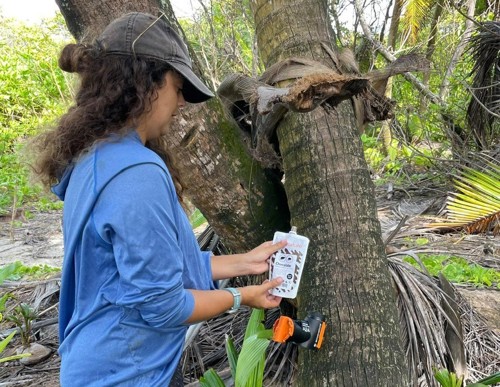Trapping invasive rats in Diego Garcia

Good Nature Traps deployed on turtle nesting beach in Diego Garcia. Credit - Lindsey Hollingsworth.
Pilot trapping project for invasive rats on Diego Garcia
Invasive rats have been a problem on Diego Garcia (the largest island of the British Indian Ocean Territory (BIOT)) since the island was first settled in the 18th century, spreading widely across the island. Their presence has a negative impact on biodiversity, particularly on the nesting green and hawksbill turtles and seabird populations. The BIOT Administration is trialling a new trapping technology to reduce rat populations on the island and to test the feasibility of a possible wider rat eradication programme here on Diego Garcia.

Project Lead, Lindsey, putting bait into Goodnature Trap, Diego Garcia. Credit - Zoe Townsley.
The first 70 self-setting rat traps have been deployed on the southern end of the island near to a key turtle nesting beach. Initially we struggled with a slow start to the project given the logistical remoteness of Diego Garcia, with traps taking three months to arrive from the UK via Singapore.
However, this gave time to scope out locations for the traps and decide on the parameters to trial during the project. Four sites have been identified based on their importance for nesting turtles and seabirds. Alongside the deployment of rat traps, camera traps will assist in recording predation rates and tracking turtle hatchlings as they emerge. During the trial we will be assessing what densities of traps work best and whether rats favour a specific type of lure, of which we are trialling three – Chocolate, Nut Butter, and Meat.
"Alongside the deployment of rat traps, camera traps will assist in recording predation rates and tracking turtle hatchlings as they emerge."We are fortunate to have the turtle science team from the Bertarelli Foundation Marine Science programme out in Diego Garcia who have assisted in deploying camera traps above fresh green turtle nests. We currently have three nests marked with camera traps. This will allow us to track any rat predation on these nests and hatching success. We will continue to work in partnership with Dr Nicole Esteban and Dr Holly Stokes throughout this project.
Our next steps are to deploy the remaining 210 traps across the four sites and monitor the rate of successful trapping over the coming months. This will provide an opportunity to engage communities on Diego Garcia about the importance of removing invasive rats and the positive impact it will have for biodiversity on the island.

Close up of a Goodnature Trap, Diego Garcia. Credit - Lindsey Hollingsworth.
Written by Lindsey Hollingsworth. For more information on this Darwin Plus Local project DPL00078, led by the British Indian Ocean Territory Administration, please click here.
The UK and Mauritius have reached an agreement on sovereignty over BIOT / Chagos Archipelago. The agreement is subject to the finalisation of a treaty, which both sides have committed to complete as quickly as possible. Moving forward, the UK is committed to working closely with Mauritius on biodiversity restoration and future conservation efforts to ensure the continued protection of these vital ecosystems.

 Back
Back